 Senate moves to put off EPA RRP lead-paint violation fines
Senate moves to put off EPA RRP lead-paint violation fines
by JIM MYERS World Washington Bureau
Thursday, May 27, 2010
WASHINGTON - The U.S. Senate passed legislation Thursday to block fines temporarily under a rule that requires certification to remove lead paint in homes and certain facilities built prior to 1978.
 Sponsored by Sen. Susan Collins, R-Maine, the proposal was attached to a supplemental funding bill by a vote of 60-37.
Sponsored by Sen. Susan Collins, R-Maine, the proposal was attached to a supplemental funding bill by a vote of 60-37.
Senators later passed that spending bill and sent it to the House for further action.
In pushing her amendment, Collins accused the U.S. Environmental Protection Agency of botching implementation of the lead-paint rule, which took effect in April.
"I support the EPA lead-paint abatement rule. There simply is no question that we must continue our efforts to rid lead-based paint from our homes,'' she said.
"The problem is there still aren't enough EPA-certified trainers in place to certify contractors. As a result, contractors face devastating fines.''
Fines under the rule could be as high as $37,500 per day.
Collins' legislation would bar the EPA from using funds in the spending bill to levy fines.
"The intent of my amendment is to give small contractors and construction professionals more time to comply with the new rule,'' she said.
 For months, Sen. Jim Inhofe, R-Okla., has helped lead efforts on the EPA's implementation of the rule, which has sparked both concern and controversy in Oklahoma.
For months, Sen. Jim Inhofe, R-Okla., has helped lead efforts on the EPA's implementation of the rule, which has sparked both concern and controversy in Oklahoma.
"Today's vote shows there is overwhelming bipartisan concern about the disastrous implementation of EPA's lead-based paint rule,'' Inhofe said.
Citing what he called widespread confusion with the rule's implementation, he also called for the Senate Environment and Public Works Committee to hold a hearing on the matter.
Inhofe serves as the top Republican on that panel.
 Sen. Barbara Boxer, D-Calif., the chairwoman of the committee, argued against the Collins amendment. She spoke of the dangers of lead poisoning, especially to children, infants and pregnant women, and urged her fellow senators to reject Collins' effort to block enforcement of the rule.
Sen. Barbara Boxer, D-Calif., the chairwoman of the committee, argued against the Collins amendment. She spoke of the dangers of lead poisoning, especially to children, infants and pregnant women, and urged her fellow senators to reject Collins' effort to block enforcement of the rule.
"Let's not turn back the clock,'' she said. "Lead is poison.''
Boxer rejected arguments by Collins and others that the number of certified trainers was inadequate to provide the necessary classes for renovators and others. She said traveling trainers have been available to come in from out of state to offer the necessary training.
###

 Looking for accurate information about the EPA RRP rule?
Looking for accurate information about the EPA RRP rule? 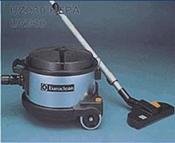
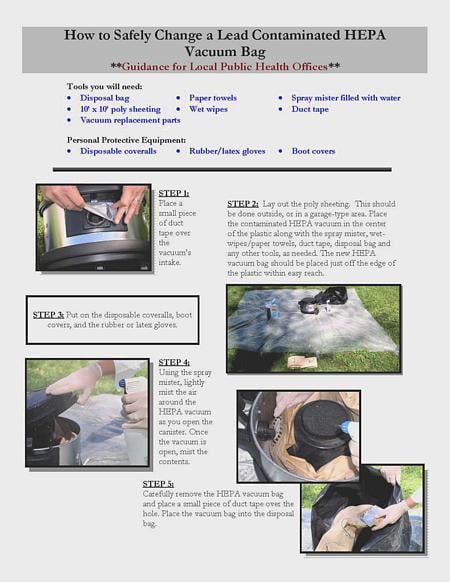
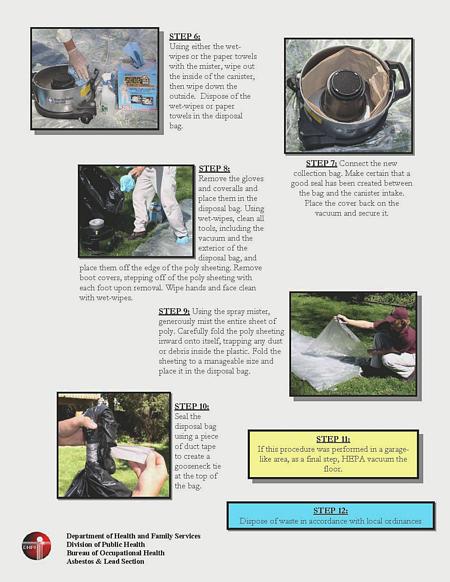
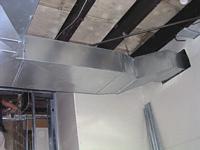 Firms performing tasks that disturb no painted surfaces whatsoever do not need to be EPA Certified Firms. However, since conditions at the job site may be difficult to predict, EPA strongly recommends that all firms involved in the renovation be certified and use properly trained and certified personnel. For example, a firm hired to install an HVAC system after demolition of painted surfaces has taken place may find that to complete the job painted surfaces need to be disturbed. The HVAC firm may not engage in activities that disturb painted surfaces if it is not certified.
Firms performing tasks that disturb no painted surfaces whatsoever do not need to be EPA Certified Firms. However, since conditions at the job site may be difficult to predict, EPA strongly recommends that all firms involved in the renovation be certified and use properly trained and certified personnel. For example, a firm hired to install an HVAC system after demolition of painted surfaces has taken place may find that to complete the job painted surfaces need to be disturbed. The HVAC firm may not engage in activities that disturb painted surfaces if it is not certified. 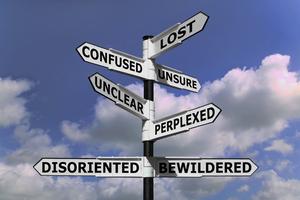 As every renovation job is different, it is up to the firm acting as the general contractor to determine what activities are within the scope of the renovation and to ensure that other firms are properly trained and certified for the tasks they will be performing. All firms, including the firm acting as the general contractor, are responsible for making sure the renovation is performed in accordance with the RRP work practice standards, including keeping containment intact and making sure lead dust and debris do not leave the work site. General contractors should keep in mind that if a firm hires a subcontractor that fails to follow the work practice standards or otherwise violates the Renovation, Repair, and Painting rule, the firm that hired the subcontractor is also responsible for the violation.
As every renovation job is different, it is up to the firm acting as the general contractor to determine what activities are within the scope of the renovation and to ensure that other firms are properly trained and certified for the tasks they will be performing. All firms, including the firm acting as the general contractor, are responsible for making sure the renovation is performed in accordance with the RRP work practice standards, including keeping containment intact and making sure lead dust and debris do not leave the work site. General contractors should keep in mind that if a firm hires a subcontractor that fails to follow the work practice standards or otherwise violates the Renovation, Repair, and Painting rule, the firm that hired the subcontractor is also responsible for the violation. Many Certified Renovators, after taking the required EPA RRP certification class, leave with questions about respirators. The RRP rules are not specific about the need or requirement for workers to use respirators while performing work practices, but there are OSHA rules to consider. For information regarding OSHA requirements contractors can refer to the OSHA document titled
Many Certified Renovators, after taking the required EPA RRP certification class, leave with questions about respirators. The RRP rules are not specific about the need or requirement for workers to use respirators while performing work practices, but there are OSHA rules to consider. For information regarding OSHA requirements contractors can refer to the OSHA document titled 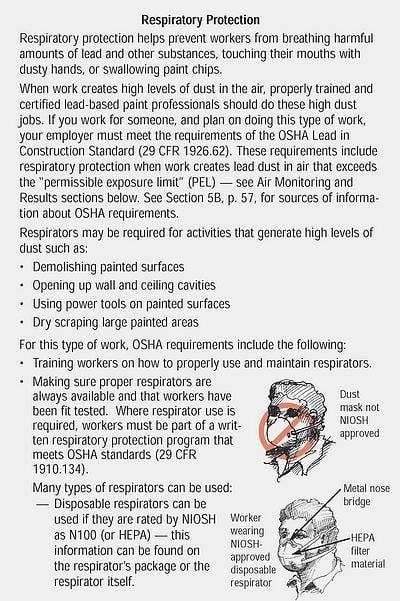
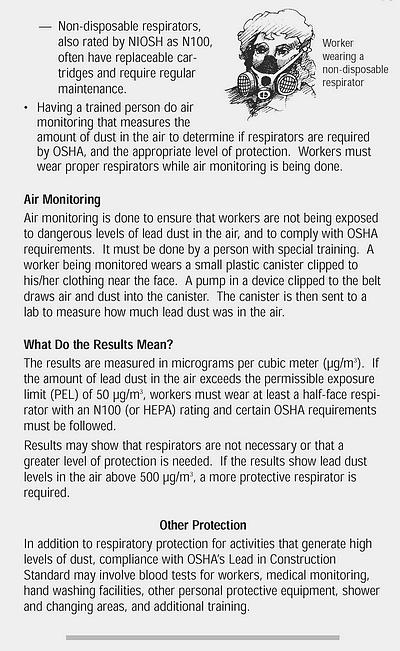
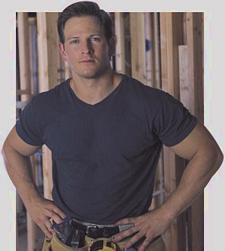 Without practical experience with the realities of remodeling, an instructor might only be book smart. Most attendees have questions about how the work practices need to be applied to the kind(s) of work they do. If an instructor lacks the ability to provide concrete examples and context for the work practices being taught at the class, field employees are likely to quickly lose interest and the ability to focus during the 8 hour day.
Without practical experience with the realities of remodeling, an instructor might only be book smart. Most attendees have questions about how the work practices need to be applied to the kind(s) of work they do. If an instructor lacks the ability to provide concrete examples and context for the work practices being taught at the class, field employees are likely to quickly lose interest and the ability to focus during the 8 hour day.


